Appliances and Electronics
Moving to a new home or replacing an old or failing piece of equipment? You can save energy and money in the long run with an energy-efficient upgrade. In addition to our list below, check out ENERGY STAR’s product finder.
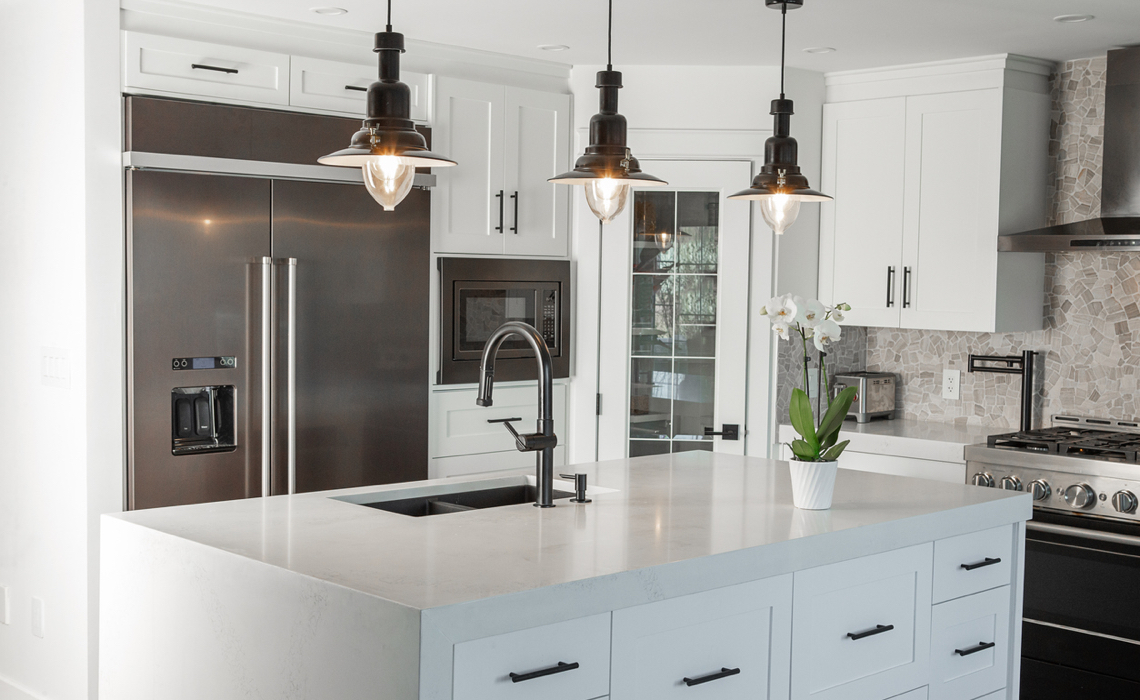
Kitchen
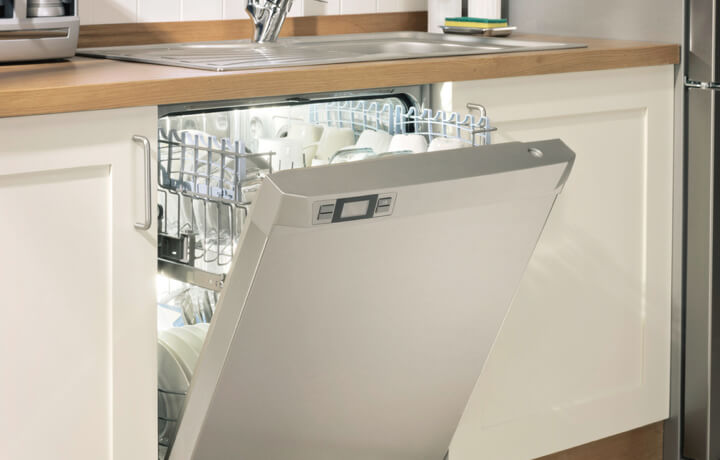
Dishwasher
Dishwasher technology has greatly improved in recent years. New models include innovations, such as soil sensors and dish rack designs that reduce energy and water consumption. Make sure you choose a unit that’s the right size for your home and has several wash cycle options. When possible, run full instead of partial loads and choose the air-dry option instead of heat dry. (Typical cost: $400–$500)

Electric Slow Cooker
An electric slow cooker is not only a great solution for your busy life but is also great for your energy bill. It uses half the electricity of a conventional oven. Spend more time (and money) on the things you love and let the food take care of itself. (Typical cost: $30–$40)
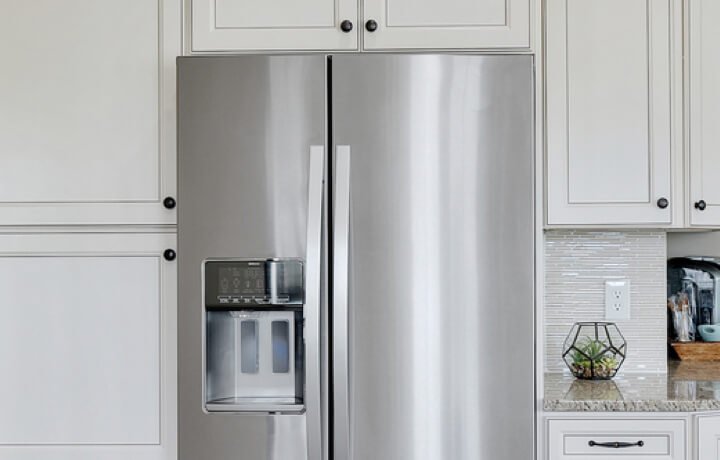
Refrigerator and Freezer
Newer refrigerators use significantly less energy than older models, and top-mounted freezers use 10%–25% less energy than side- or bottom-mounted models. Set your fridge to between 35 and 38 degrees Fahrenheit and your freezer to 3 degrees Fahrenheit. (Typical cost: $600–$800)
Laundry Room
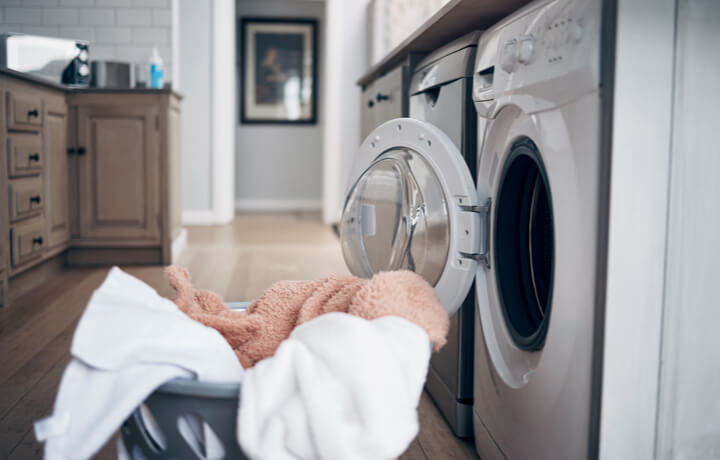
Clothes Dryer
A full–size ENERGY STAR–certified dryer saves around $190 in energy bills over its lifetime. Using an ENERGY STAR–certified washer and dryer pair will save even more energy and money. Smart dryers can optimize cycles to avoid overdrying, save energy, and reduce wear and tear on your clothes. (Typical cost: $400–$500)
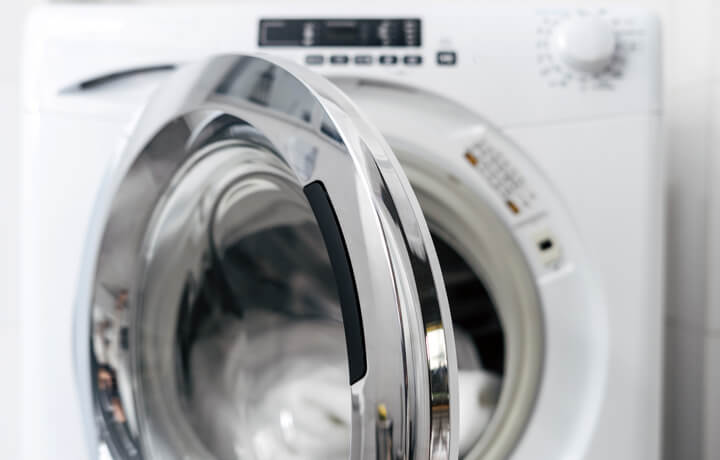
Washing Machine
An energy–efficient washing machine can make a significant difference in your energy use. Front–loaders use less water and less energy. Consider the size you need — too big and you’ll use more energy, too small and you may run more cycles than necessary. Also look for high speeds on the washer spin cycle. If your clothes are less wet when they come out of the washer, they need less time in the dryer, which reduces energy use. (Typical cost: $500–$700)
Throughout the Home
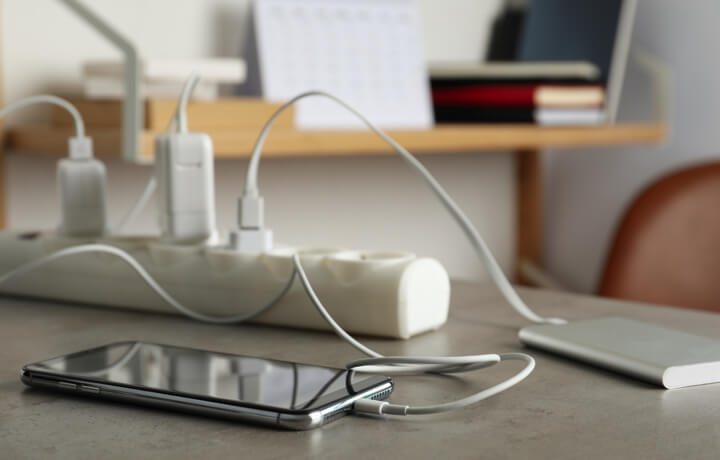
Device Charging Station
How many gadgets do you have lying around your home? Why not consolidate them into a single charging station? Most models offer different types of ports (e.g., USB, USB-C) and stations enable you to charge multiple devices simultaneously, reducing the amount of energy consumed per device. They also sense when devices are fully charged so they can automatically shut off to reduce the phantom power, which is the electricity consumed while a device is turned off or on standby. (Typical cost: Around $40)
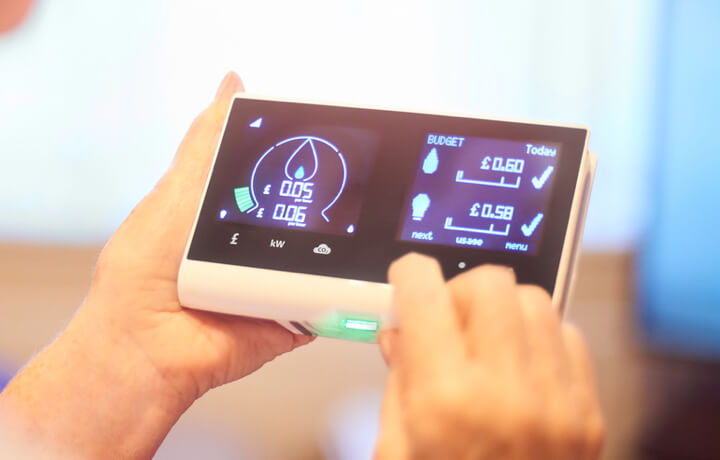
Electricity Usage Monitor
Electricity usage monitors can come as whole home or stand-alone. A whole-home monitor can measure the electricity used throughout your home, down to the individual circuits. With a stand-alone monitor, you can plug any device into the monitor to check how much it costs per month, including how much energy is lost to phantom power. (Typical cost: Around $20)
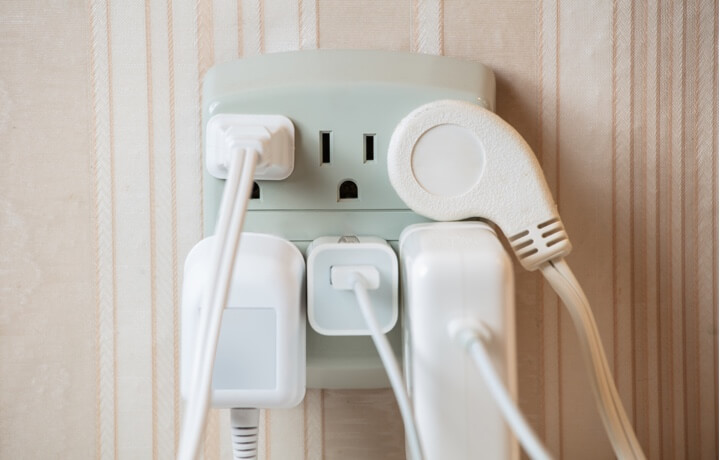
Energy-Saving Outlet
If you always keep your electronic device chargers plugged into the wall, try using an energy-saving outlet to help your gadgets avoid pulling phantom power, which costs you up to $100 a year. An energy-saving outlet cuts power to your devices when they’re not in use. This is great for appliances that are used periodically, such as coffee makers, toaster ovens, and cellphone chargers. (Typical cost: $7–$11)

Motion Sensor Power Strip
What’s better than a power strip for your electronics? A smart power strip! When you plug your TV into the power strip, you can use the TV remote to shut off the other electronics. And it can use a motion sensor to turn off the gadgets you aren’t using. The sensor can detect movement up to 20 feet and will shut off peripheral devices when the area is vacant for 30 minutes. (Typical cost: Around $45)
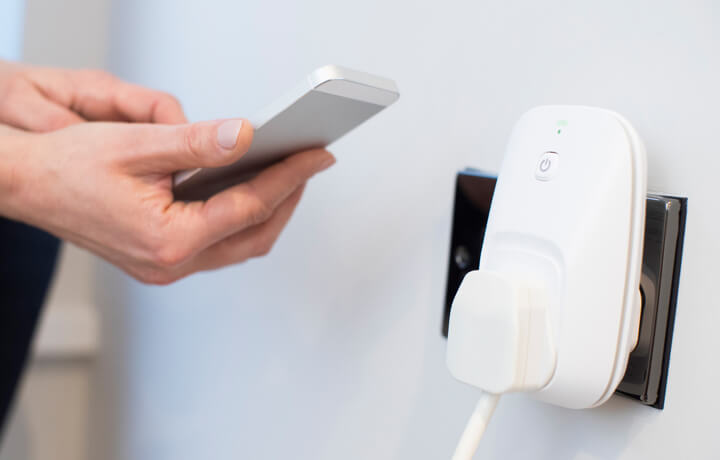
Wireless Outlet Controller
Pick up a wireless outlet controller so you can turn off electronic devices even after you’ve left the house. It enables you to remotely control any device through your computer or an app on your phone. Plug the controller tool into the wall, and then plug any device into the controller so you can save while you’re on the go. (Typical cost: $50–$60)